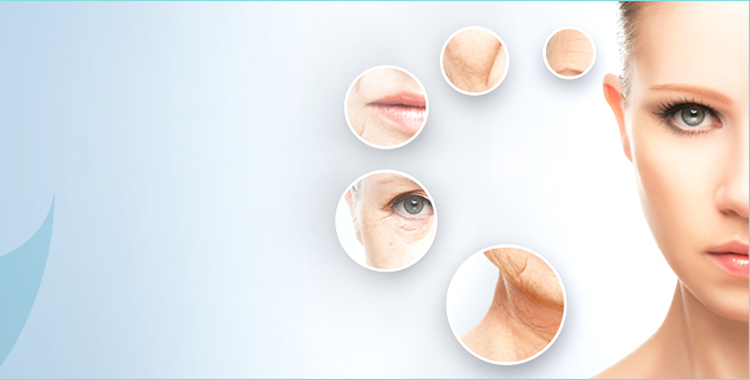Chemical peels have been gaining popularity in the skincare world for their ability to rejuvenate and refresh the skin. Whether you’re dealing with acne scars, sun damage, or just looking for a way to achieve a brighter complexion, chemical peels can be a game-changer. In this ultimate guide, we’ll dive into everything you need to know about chemical peels – from how they work to the different types available and what to expect during and after treatment.
chemical peels work by using a combination of acids – such as glycolic acid, salicylic acid, or lactic acid – to exfoliate the top layers of the skin. This process stimulates cell turnover, revealing fresher, smoother skin underneath. Depending on the strength of the peel, they can target various skin concerns like fine lines, hyperpigmentation, and uneven texture. There are three main types of chemical peels: superficial peels that target the outermost layer of the skin, medium-depth peels that penetrate deeper into the skin, and deep peels that reach the deepest layers.
In terms of benefits, chemical peels can improve skin tone and texture, reduce acne breakouts and scarring, minimize pores, and even out pigmentation issues. They can also help stimulate collagen production, which leads to firmer and more youthful-looking skin over time. While some people may experience redness or mild flaking after a peel, these side effects typically subside within a few days. It’s important to follow post-treatment instructions provided by your skincare professional to ensure optimal results.
When considering getting a chemical peel, it’s essential to consult with a licensed skincare professional who can assess your skin type and recommend the most suitable peel for your specific concerns. During your consultation, be sure to discuss any medications you’re taking or underlying medical conditions that could affect your treatment plan. Your skincare professional will also provide guidance on how many treatments you may need to achieve your desired results and how to care for your skin post-treatment.
After receiving a chemical peel treatment, it’s crucial to protect your newly revealed skin by wearing sunscreen daily and avoiding direct sunlight as much as possible. You may also need to adjust your skincare routine temporarily based on the type of peel you received. As your skin continues its healing process post-treatment, be sure to stay hydrated and nourish your skin with gentle products that won’t irritate it further.
Conclusion: In conclusion, chemical peels are an effective way to revitalize your skin and address various concerns like acne scars, sun damage, and signs of aging. By understanding how they work, their benefits, and what to expect during treatment and recovery, you can make an informed decision about incorporating them into your skincare routine. Remember that consulting with a skincare professional is key in determining which type of peel is best suited for your needs. With proper care before and after treatment, you can enjoy radiant and glowing skin thanks to the power of chemical peels.
The Ultimate Guide to Chemical Peels
